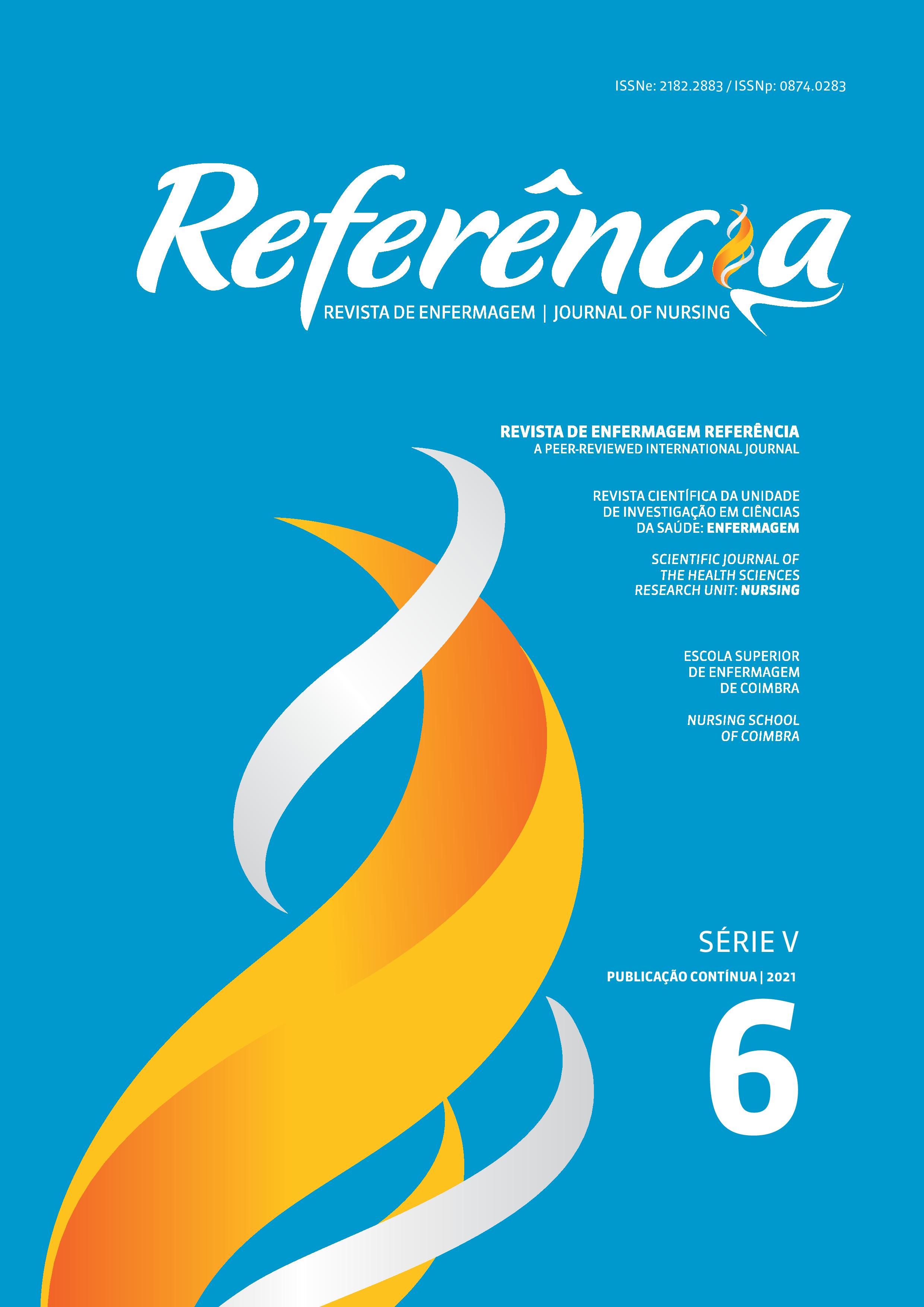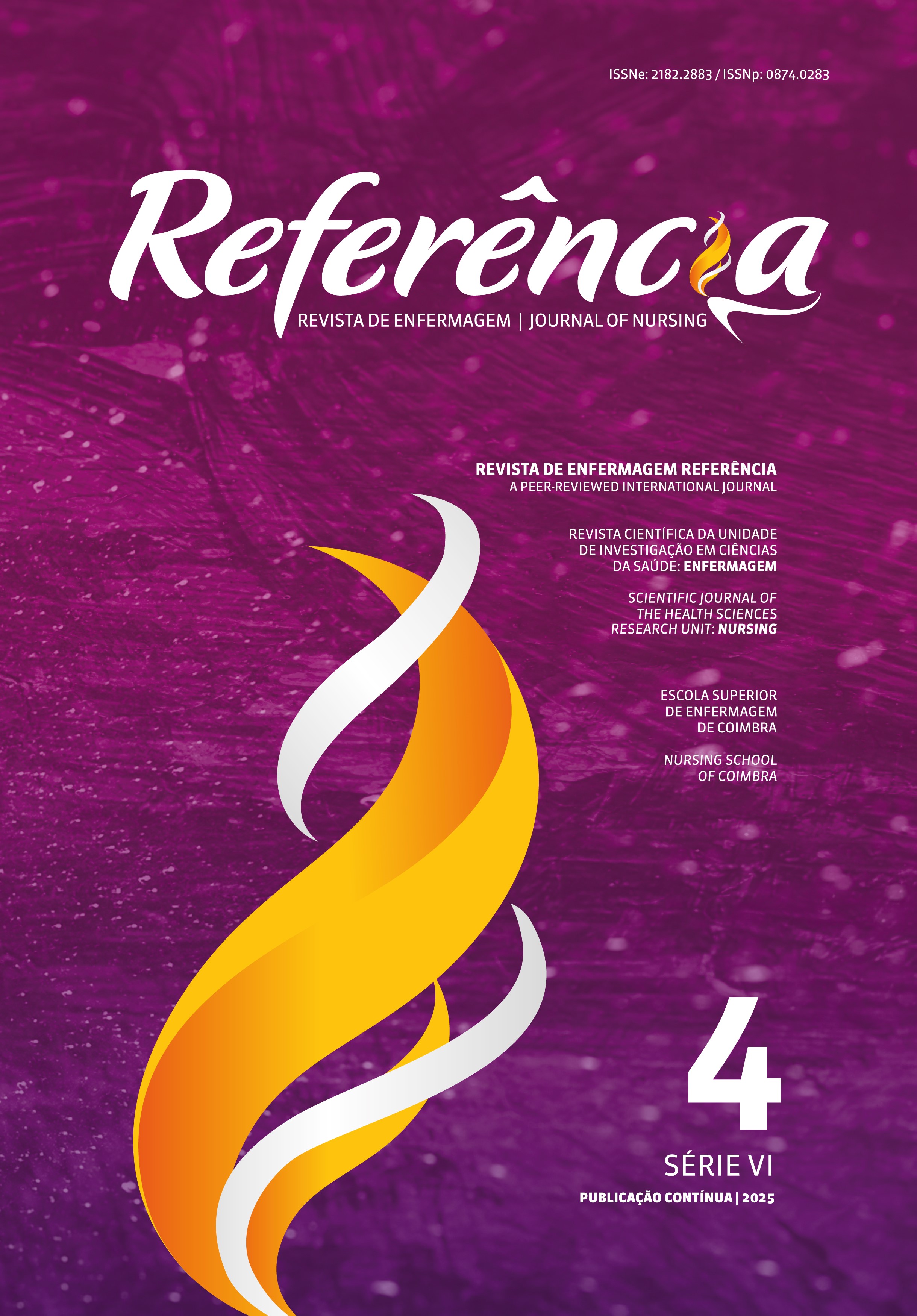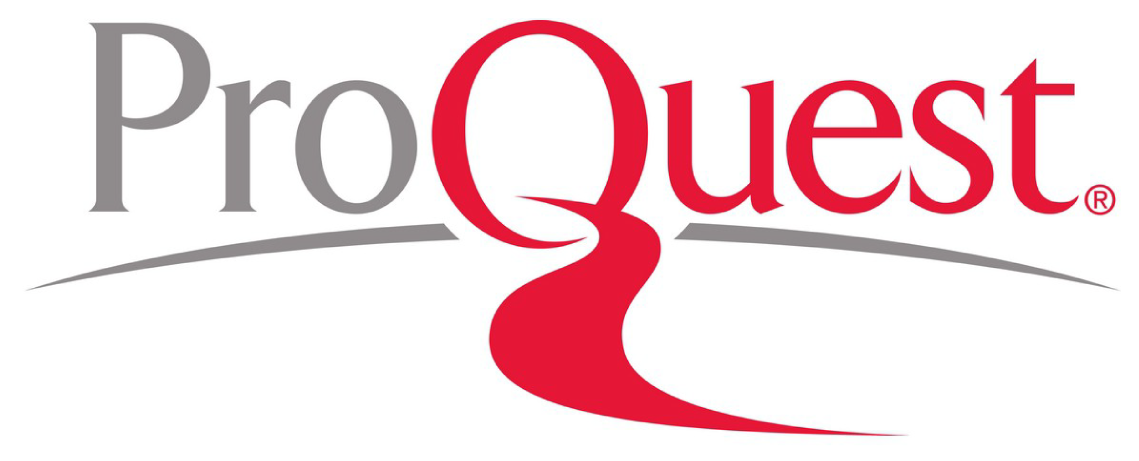Effectiveness of prehospital nursing interventions in stabilizing trauma victims
DOI:
https://doi.org/10.12707/RV20114Keywords:
wounds and injuries, trauma severity indices, health impact assessment, nursing care, PortugalAbstract
Background: Trauma is a public health issue with a significant social and economic impact. However, national data on its characterization and the role of nursing in its management is still scarce.
Objective: To assess the effectiveness of prehospital nursing interventions in stabilizing trauma victims provided by nurses of Immediate Life Support Ambulances in Portugal.
Methodology: Observational, prospective, and descriptive-correlational study. Data were collected by nurses of the Immediate Life Support Ambulances in mainland Portugal, from 01/03/2019 to 30/04/2020, and the Azores, from 01/10/2019 to 30/04/2020. Trauma severity indices were assessed before and after the nursing interventions.
Results: This study included 606 cases (79.4% blunt trauma; 40.8% road accidents) reported by 171 nurses. Nurses performed mostly interventions for hemodynamic support (88.9%) and non-pharmacological pain control (90.6%) of trauma victims. The nursing interventions improved the Revised Trauma Score and the Shock Index (p<0.001).
Conclusion: Prehospital nursing interventions improve trauma victims’ clinical status.
Downloads
References
Alarhayem, A. Q., Myers, J. G., Dent, D., Liao, L., Muir, M., Mueller, D., Nicholson S., Cestero, R., Johnson, M. C., Stewart, R., O’Keefe, G., & Eastridge, B. J. (2016). Time is the enemy: Mortality in trauma patients with hemorrhage from torso injury occurs long before the “golden hour”. American Journal of Surgery, 212(6), 1101-1105. https://doi.org/10.1016/j.amjsurg.2016.08.018
Alvarez, B. D., Razente, D. M., Lacerda, D. A., Lother, N. S., LC, V. O.-B., & Stahlschmidt, C. M. (2016). Analysis of the Revised Trauma Score (RTS) in 200 victims of different trauma mechanisms. Revista do Colegio Brasileiro de Cirurgioes, 43(5), 334-340. https://doi.org/10.1590/0100-69912016005010
American College of Surgeons (2012). Advanced Trauma Life Support - Student Course Manual. ATLS. Brinck, T., Handolin, L., & Lefering, R. (2016). The Effect of Evolving Fluid Resuscitation on the Outcome of Severely Injured Patients: An 8-year Experience at a Tertiary Trauma Center. Scandinavian Journal of Surgery, 105(2), 109-116. https://doi.org/10.1177/1457496915586650
Cannon, C. M., Braxton, C. C., Kling-Smith, M., Mahnken, J. D.,Carlton, E., & Moncure, M. (2009). Utility of the shock index in predicting mortality in traumatically injured patients. Journal of Trauma and Acute Care Surgery, 67(6), 1426-1430. https://doi.org/10.1097/TA.0b013e3181bbf728
Champion, H. R., Sacco, W. J., Copes, W. S., Gann, D. S., Gennarelli, T. A., & Flanagan, M. E. (1989). A revision of the Trauma Score. The Journal of Trauma, 29(5), 623-629. https://doi.org/10.1097/00005373-198905000-00017
D’Alessandro, A., Moore, H. B., Moore, E. E., Reisz, J. A., Wither, M. J., Ghasasbyan, A., Chandler, J., Silliman, C. C., Hansen, K. C., &Banerjee, A. (2017). Plasma succinate is a predictor of mortality in critically injured patients. The Journal of Trauma and Acute Care Surgery, 83(3), 491-495. https://doi.org/10.1097/TA.0000000000001565
Gabbe, B. J., Cameron, P. A., & Finch, C. F. (2003). Is the revised trauma score still useful? ANZ journal of surgery, 73(11), 944-948. https://doi.org/10.1046/j.1445-1433.2003.02833.x
Instituto Nacional de Estatistica (2020). Estatísticas da Saúde - 2018. 2020. Instituto Nacional de Estatistica. https://www.ine.pt/xurl/pub/257793024
Johnson, M. C., Alarhayem, A., Convertino, V., Carter, R., 3rd, Chung, K., Stewart, R., Myers, J., Dent, D., Liao, L., Cestero, R., Nicholson, S., Muir, M., Schwaca, M., Wampler, D., DeRosa, M., & Eastridge, B. J. (2017). Comparison of compensatory reserve and arterial lactate as markers of shock and resuscitation. The Journal of Trauma and Acute Care Surgery, 83(4), 603-608. https://doi.org/10.1097/TA.0000000000001595
Despacho n.o 5561/2014 do Ministerio da Saude (2014). Diario da Republica: II serie, no 79. https://dre.pt/application/conteudo/25696609
Ministerio da Saude. (2017). O INEM. 2020. INEM. https://www.inem.pt/category/inem/o-inem/
Mock, C., Juillard, C., Brundage, S., Goosen, J., & Joshipura, M. (2009). Guidelines for trauma quality improvement programmes. World Health Organization.
Mota, M., Cunha, M., Santos, M. R., Cunha, I., Alves, M., & Marques, N. (2019). Pre-Hospital Nursing Interventions: Narrative Review. Revista Enfermagem em Foco 10 (4), 122-128. https://doi.org/10.21675/2357-707X.2019.v10.n5.3908
Mota, M., Cunha, M., Santos, M. R., Silva, D., & Santos, E. (2019). Non-pharmacological interventions for pain management in adult victims of trauma: a scoping review protocol. JBI Database of Systematic Reviews and Implementation Reports, 17(12), 2483-2490. https://doi.org/10.11124/JBISRIR-2017-004036
Mutschler, M., Nienaber, U., Munzberg, M., Wolfl, C., Schoechl, H., Paffrath, T., Bouillon, B., & Maegele, M. (2013). The Shock Index revisited–a fast guide to transfusion requirement? A retrospective analysis on 21,853 patients derived from the TraumaRegister DGUR. Critical Care, 17(4), R172. https://doi.org/10.1186/cc12851
Parreira, J. G., Rondini, G. Z., Below, C., Tanaka, G. O., Pelluchi, J. N., Arantes-Perlingeiro, J., Solda, S. C., &Assef, J. C. (2017). Trauma mechanism predicts the frequency and the severity of injuries in blunt trauma patients. Revista do Colegio Brasileiro de Cirurgioes, 44(4), 340-347. https://doi.org/10.1590/0100-69912017004007
Sartorius, D., Le Manach, Y., David, J. S., Rancurel, E., Smail, N., Thicoipe, M., Wiel, E., Ricard-Hibon, A., Berthier, F., Gueugniaud, P., & Riou, B. (2010). Mechanism, glasgow coma scale, age, and arterial pressure (MGAP): a new simple prehospital triage score to predict mortality in trauma patients. Critical Care Medicine, 38(3), 831-837. https://doi.org/10.1097/CCM.0b013e3181cc4a67
Soren, S., Linda, W., & Veronica, L. (2015). Development of the Pre-hospital Emergency Care, The Registered Nurses’ Role in the Ambulance Service- A Swedish Perspective. Emergency Medicine Journal, 6(1), 294. https://doi.org/10.4172/2165-7548.1000294
Spahn, D. R., Bouillon, B., Cerny, V., Duranteau, J., Filipescu, D., Hunt, B. J., Komadina, R., Maegele, M., Nardi, G., Riddez, L., Samama, C., Vincent, J., & Rossaint, R. (2019). The European guideline on management of major bleeding and coagulopathy following trauma. Critical Care, 23(1), 98. https://doi.org/10.1186/s13054-019-2347-3






















